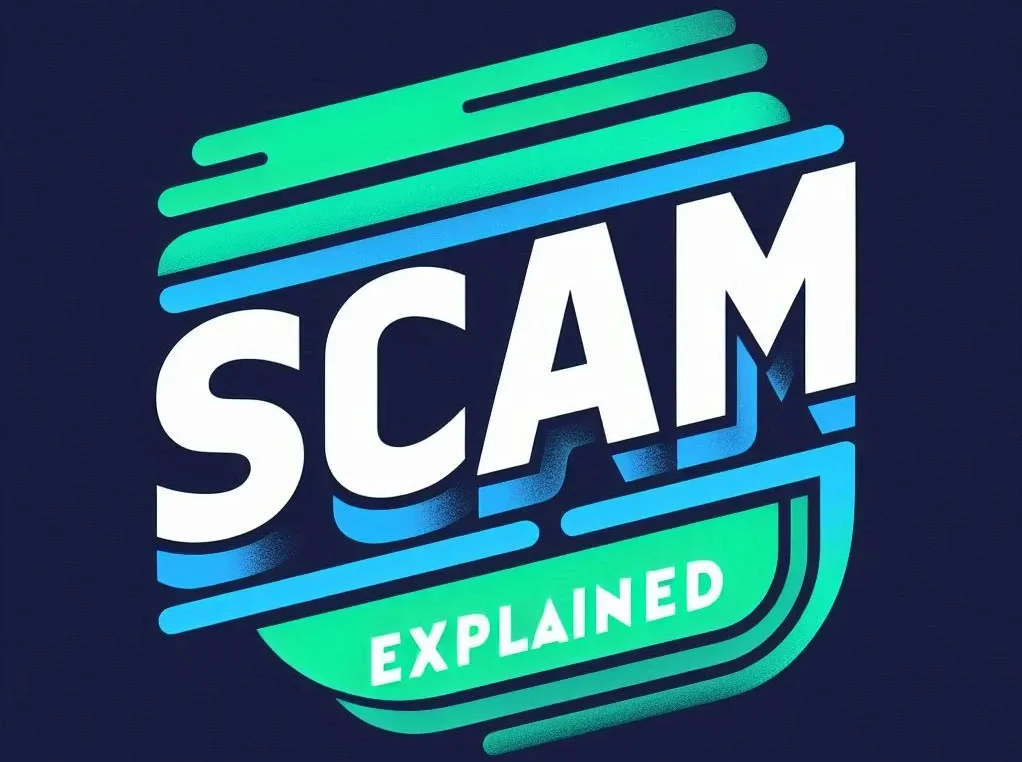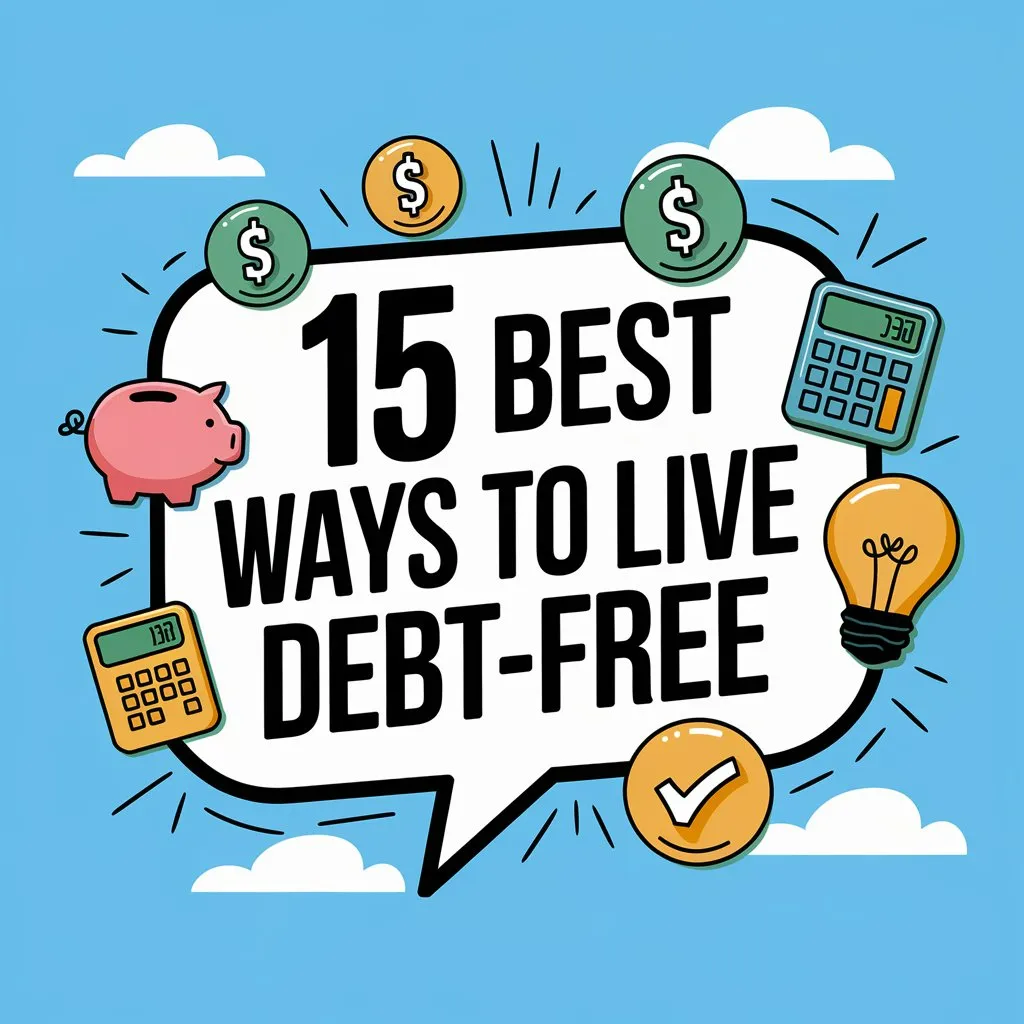You’re tired of living paycheck to paycheck, and you’re ready to take control of your finances. Congratulations on taking the first step towards a debt-free life in 2024! Creating a realistic budget plan and tracking your income and expenses are essential steps towards achieving this goal.
But, that’s just the beginning. You’ll need to identify areas to cut back, develop strategies to tackle high-interest debts, and find ways to stay motivated.
The good news is that you’re not alone, and there are proven methods to help you get back on track. What are these methods, and how can you apply them to your unique situation?
At a Glance
- Create a realistic budget plan by tracking income and expenses to understand where money is going and identify areas to cut back.
- Reduce daily expenses by identifying habits that cost money, canceling unused subscriptions, and finding free alternatives for entertainment.
- Pay more than the minimum payment on high-interest debts to reduce principal amount and interest accrued, improving payment history and credit score.
- Use cash instead of credit for discretionary spending to improve cash flow management, reduce debt accumulation, and avoid hidden fees.
- Stay motivated and accountable by keeping a debt diary, finding an accountability partner, and celebrating small wins to achieve debt freedom.
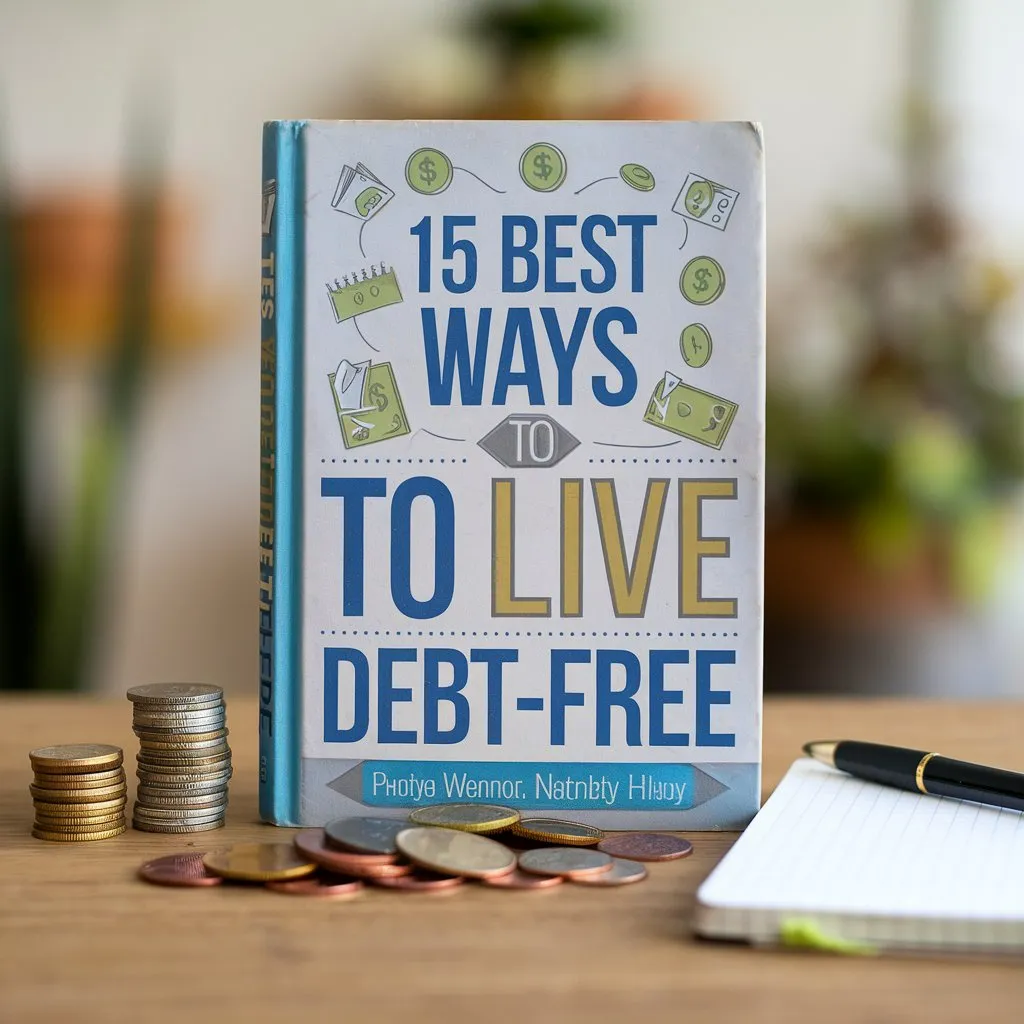
Create a Realistic Budget Plan
One essential step towards living debt-free is creating a realistic budget plan that accurately reflects your financial situation.
This means taking a close look at your income and expenses to understand where your money is going. You can use budget apps like Mint or Personal Capital to track your spending and stay on top of your finances. These apps allow you to categorize your expenses, set financial goals, and receive alerts when you go over budget.
To create an accurate budget, you’ll need to track your expenses for at least a month to get a sense of your spending habits.
Write down every single transaction, no matter how small, in a notebook or spreadsheet. This will help you identify areas where you can cut back and make adjustments to allocate your money more effectively.
Remember, the key to a successful budget is to make it realistic and achievable. Don’t set yourself up for failure by creating unrealistic expectations.
Cut Back on Unnecessary Expenses
Pinpoint areas where you can scale back and make adjustments to free up more money in your budget.
Identify your daily habits that are costing you money, such as buying coffee every morning or eating out for lunch. These small expenses may seem insignificant, but they can add up quickly.
Use an expense tracker to monitor your spending and identify areas where you can cut back.
You’ll be surprised at how much money you can save by making a few simple changes.
For instance, consider canceling subscription services you don’t use, such as gym memberships or streaming services.
You can also save money by cooking at home instead of eating out, or by finding free alternatives for entertainment.
By cutting back on these unnecessary expenses, you’ll be able to allocate more money towards paying off your debts and achieving financial freedom.
Pay More Than the Minimum
Now that you’ve identified areas to cut back on unnecessary expenses, it’s time to focus on tackling your debt head-on.
Paying more than the minimum on your debts is a pivotal step towards achieving financial freedom.
By doing so, you’ll reduce the principal amount and the interest accrued, ultimately saving you money in the long run.
- Improved payment history: Making consistent, timely payments will positively impact your credit score, as payment history accounts for 35% of your credit score.
- Debt avalanche: Paying more than the minimum allows you to tackle high-interest debts first, reducing the debt avalanche effect and freeing up more money in your budget.
- Faster debt elimination: By paying more than the minimum, you’ll eliminate debt faster, reducing the amount of interest paid over time and giving you a sense of accomplishment as you watch your debt shrink.
Consolidate High-Interest Debt
As you continue to chip away at your debt, consolidating high-interest debt can be a crucial strategy to accelerate your progress.
This involves combining multiple debts into one loan with a lower interest rate, making it easier to manage and reducing the amount you owe in interest over time.
Debt consolidation loans can be an effective way to do this, allowing you to pay off high-interest debts, such as credit card balances, with a single loan at a lower rate.
However, crucially, you must weigh the credit score impact of debt consolidation.
While it can help you pay off debt faster, it may also result in a temporary dip in your credit score.
To minimize this impact, make sure to continue making payments on time and keep your credit utilization ratio low.
Use the Snowball Method Effectively
Tackle your debt with a clear plan by using the snowball method effectively.
This approach involves debt prioritization, where you focus on paying off smaller debts first, while making minimum payments on larger ones.
By doing so, you’ll achieve financial milestones and build momentum in your debt-repayment journey.
To use the snowball method effectively:
- List your debts: Start by making a list of all your debts, from smallest to largest.
- Create a payment plan: Determine how much you can afford to pay each month and allocate your payments accordingly.
- Celebrate your wins: As you pay off each debt, celebrate your progress and use the money to attack the next debt on your list.
Prioritize High-Interest Debts First
Behind the urge to eliminate debt quickly lies a crucial strategy: prioritizing high-interest debts first. This approach is often referred to as the debt avalanche method.
By tackling debts with the highest interest rates, you’ll save money on interest payments over time. Think of it as climbing an interest ladder, where you eliminate the debts with the steepest rates first.
To prioritize high-interest debts, list all your debts, including their balances and interest rates.
Then, sort them in order of highest interest rate to lowest. Focus on paying the minimum on all debts except the one with the highest interest rate. Attack that debt with as much money as possible until it’s paid off.
Once you’ve eliminated the first debt, move on to the next highest-interest debt, and so on.
This strategy mightn’t provide the same psychological boost as paying off smaller debts first, but it’s a smart financial move.
Take Advantage of Balance Transfers
Now that you’ve prioritized your high-interest debts, it’s time to explore other strategies to accelerate your debt repayment.
One effective approach is to take advantage of balance transfers. This involves moving your high-interest debt to a credit card with a lower or 0% interest rate, saving you money on interest charges.
Here are three things to keep in mind when considering a balance transfer:
1. Check your credit score: You’ll need a good credit score to qualify for a balance transfer credit card with a low or 0% interest rate.
2. Understand the terms: Look for cards with 0% introductory APRs and no balance transfer fees.
Also, be aware of the regular interest rate that will apply after the introductory period ends.
3. Create a repayment plan: Use the savings from the lower interest rate to pay off your debt faster.
Make a plan to pay off the principal amount within the introductory period to avoid accumulating new debt.
Build an Emergency Fund Fast
Your debt repayment progress is gaining momentum, and vitally, you must maintain that pace by building a safety net to avoid falling back into debt.
This emergency fund will serve as a financial cushion, protecting you from unexpected expenses and ensuring you don’t resort to credit when unexpected events arise.
To build your emergency fund fast, allocate a specific portion of your income towards savings each month.
Aim to save 3-6 months’ worth of living expenses in a readily accessible savings account.
Implement a savings strategy that works for you, such as setting up automatic transfers from your paycheck or using the 50/30/20 rule to prioritize your fund allocation.
Increase Your Income Streams
With your emergency fund in place, you’re better equipped to absorb unexpected expenses, freeing you to focus on accelerating your debt repayment journey.
Now, it’s time to shift your attention to increasing your income streams. This will provide you with the financial boost you need to pay off your debts faster and achieve financial freedom.
To achieve this, consider the following strategies:
- Start a side hustle: Identify your skills and interests and monetize them by offering services on freelancing platforms, creating digital products, or renting out a spare room on Airbnb.
- Invest in passive income: Invest in dividend-paying stocks, index funds, or real estate investment trusts (REITs) to generate a steady stream of income without actively working for it.
- Sell unwanted items: Declutter your home and sell items you no longer need or use on online marketplaces, garage sales, or through a yard sale.
Avoid Lifestyle Inflation Traps
How does it feel to have more money in your pocket? You’ve worked hard to increase your income, and now it’s time to make sure you’re not falling into lifestyle inflation traps.
When your income rises, it’s tempting to inflate your lifestyle by spending more on luxuries. This Luxury Creep can quickly erase any progress you’ve made towards living debt-free.
You must be mindful of your Lifestyle Expectations and prioritize what’s truly important to you. Ask yourself, “Do I really need the latest smartphone or a fancy car, or can I allocate that money towards debt repayment or savings?”
Remember, the goal is to break free from debt, not to indulge in fleeting pleasures. Avoid the trap of keeping up with the Joneses and focus on building a secure financial future.
Use Cash Instead of Credit
Credit cards can be a significant obstacle on the path to debt freedom, making it essential to adopt a cash-based system for discretionary spending.
By using cash, you’ll avoid the temptation to overspend and reduce the likelihood of accumulating debt.
1. Better cash flow management: When you use cash, you’re more mindful of your spending, and you’re less likely to make impulsive purchases.
This helps you stick to your budget and manage your cash flow more effectively.
2. No hidden fees: Credit cards often come with hidden fees, such as interest charges, late payment fees, and foreign transaction fees.
By using cash, you avoid these unnecessary expenses.
3. Less debt accumulation: When you use cash, you can’t spend more than you have, reducing the risk of accumulating debt.
This helps you maintain a debt-free lifestyle and achieve financial freedom.
Negotiate With Creditors Successfully
Facing a formidable debt can be overwhelming, but taking proactive steps to address it can substantially reduce your financial burden.
One effective way to tackle your debt is to negotiate with your creditors successfully. You can start by reviewing your credit report to identify areas where you can dispute or correct errors, which can improve your credit score and give you more bargaining power.
When negotiating with creditors, be honest about your financial situation and propose a realistic payment plan. You can ask for debt forgiveness, reduced interest rates, or waived fees.
Be prepared to provide financial documentation to support your claims. This is crucial to communicate effectively and stay organized throughout the negotiation process.
Consider recording conversations and keeping a paper trail of agreements reached.
Consider Debt Management Plans
You’ve taken the first step towards debt freedom by negotiating with your creditors, but you may still be struggling to manage your debt on your own.
This is where debt management plans come in – a structured approach to help you pay off your debts and regain control of your finances.
With a debt management plan, you’ll work with a credit advisor or debt counseling agency to create a personalized plan tailored to your financial situation.
Here’s what you can expect:
- Consolidated payments: You’ll make one monthly payment to the agency, which will then distribute the funds to your creditors.
- Reduced interest rates: Many creditors will lower or eliminate interest rates when you enroll in a debt management plan.
- Waived fees: You may be able to avoid late fees, penalties, and other charges that can add up quickly.
Leverage the 50/30/20 Rule
As you work towards debt freedom, allocating your income effectively becomes essential.
To achieve this, consider leveraging the 50/30/20 rule. This rule suggests dividing your income into three categories: 50% for necessary expenses, 30% for discretionary spending, and 20% for saving and debt repayment.
By following this rule, you’ll be able to prioritize your expenses, track your debt, and make consistent progress towards debt freedom.
When categorizing your expenses, identify essential expenses like rent, utilities, and groceries, and allocate 50% of your income towards them.
Next, allocate 30% towards discretionary spending, such as entertainment, hobbies, and personal expenses.
Finally, direct 20% towards saving and debt repayment.
This will enable you to make consistent payments towards your debt and build a safety net for the future.
Effective expense categorization and debt tracking are pivotal to making the 50/30/20 rule work for you.
Stay Motivated and Accountable
Three months into your debt repayment journey, it’s common to feel a sense of accomplishment.
But also a slight dip in motivation. You’ve made progress, but the finish line still seems far away.
To stay on track, it’s crucial to stay motivated and accountable.
1. Keep a debt diary: Writing down your expenses, income, and debt repayment progress can help you stay focused on your goals.
Reflecting on your journey can also help you identify areas for improvement and celebrate your successes.
2. Find an accountability partner: Share your goals with a trusted friend or family member and ask them to hold you accountable.
This can be a great motivator, as you’ll feel more responsible for reporting your progress to someone else.
3. Celebrate small wins: Don’t wait until you’ve paid off all your debt to celebrate.
Recognize and celebrate your small victories along the way, like paying off a credit card or reaching a savings milestone.
This will help you stay motivated and encouraged throughout your journey.
FAQs
Can I Still Use Credit Cards While Paying off Debt?
While paying off debt, you can still use credit cards, but it’s vital to adopt a debt-free mindset. Consider credit card alternatives, like debit cards or cash, to avoid overspending and stay focused on your financial freedom goals.
How Long Does It Take to Recover From Debt?
You’ll recover from debt faster by creating debt snowflakes, small extra payments, and seeking financial therapy to address underlying spending habits, which will help you break free from debt’s grip and regain control over your finances.
Will Paying off Debt Hurt My Credit Score?
You’re wondering if paying off debt will hurt your credit score; rest assured, it won’t. In fact, achieving debt freedom can positively impact your credit history, as it demonstrates responsible financial management and improves your credit utilization ratio.
Can I Pay off Debt if I Have a Low Income?
You can pay off debt on a low income by creating a realistic budget, prioritizing needs over wants, and implementing budgeting strategies like debt snowflazing to tackle high-interest debts first and accelerate your progress.
Is It Better to Pay off Debt or Save for Retirement?
You’re torn between paying off debt and saving for retirement, but consider this: tackling debt first can accelerate your path to financial freedom, allowing you to focus on retirement goals and secure a stronger future.
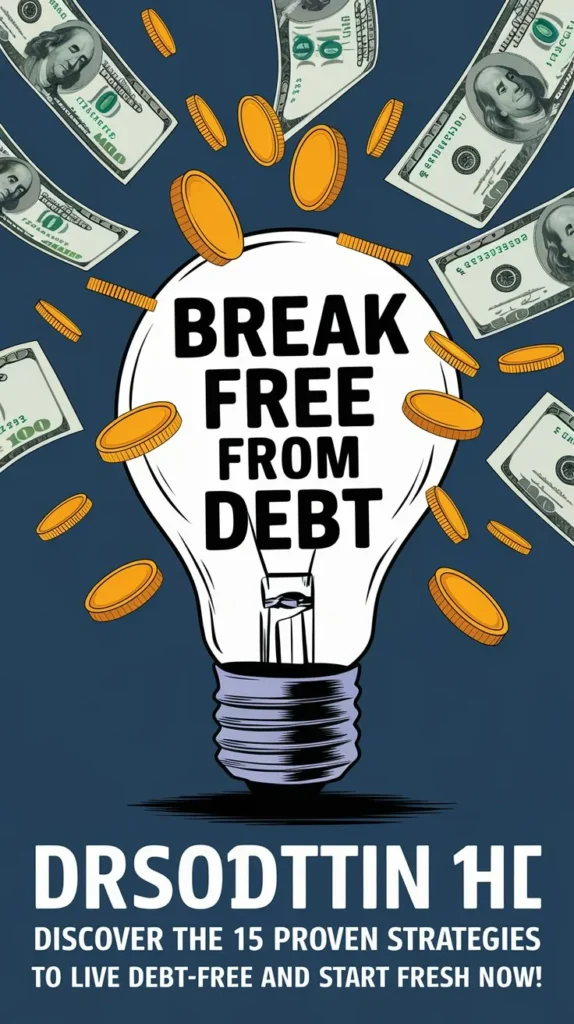

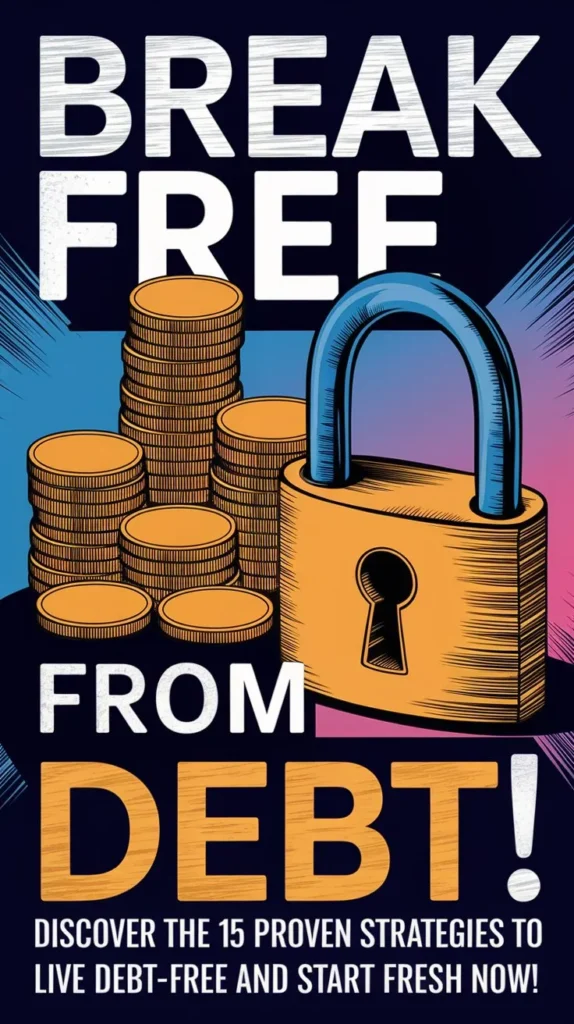

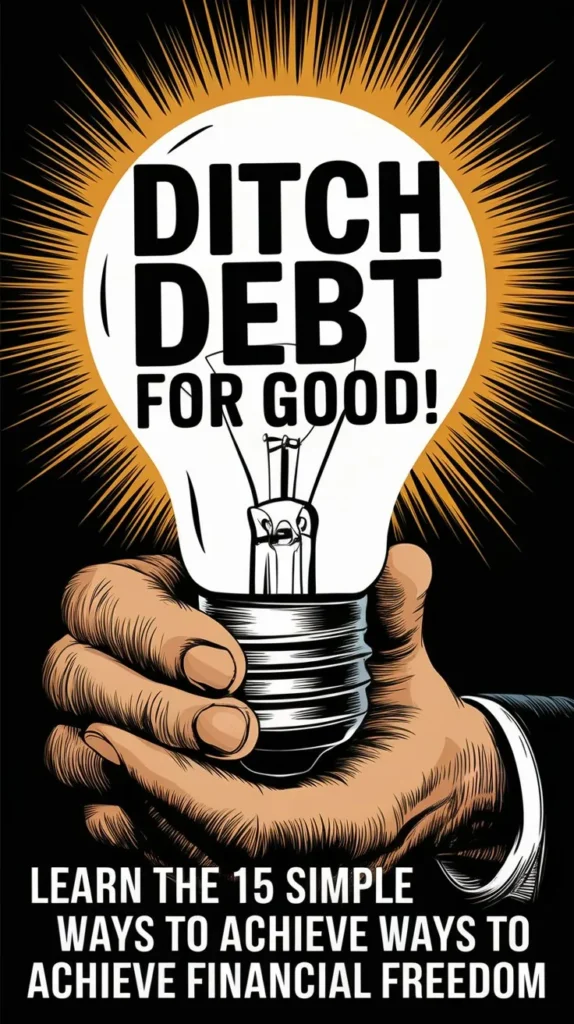

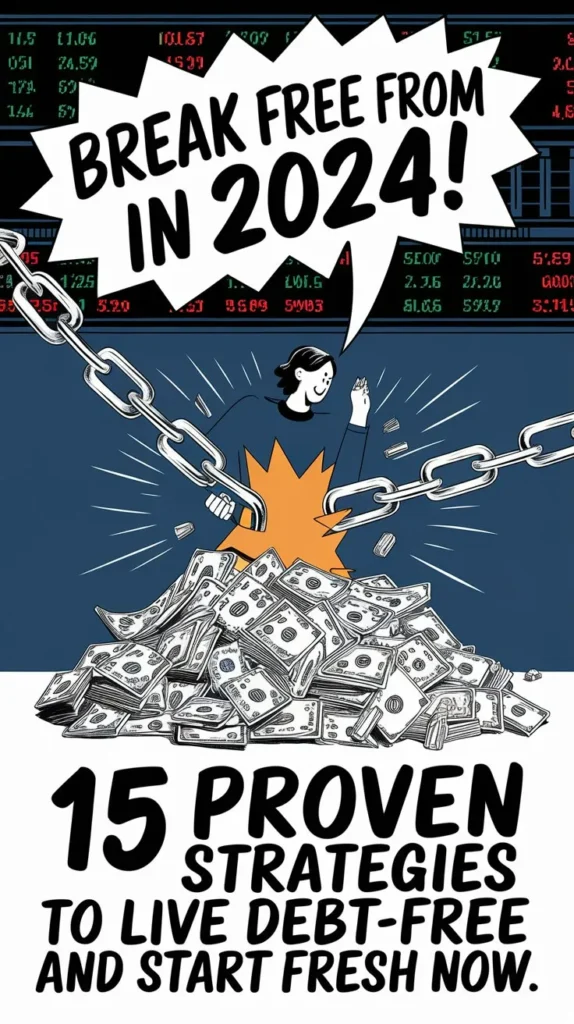
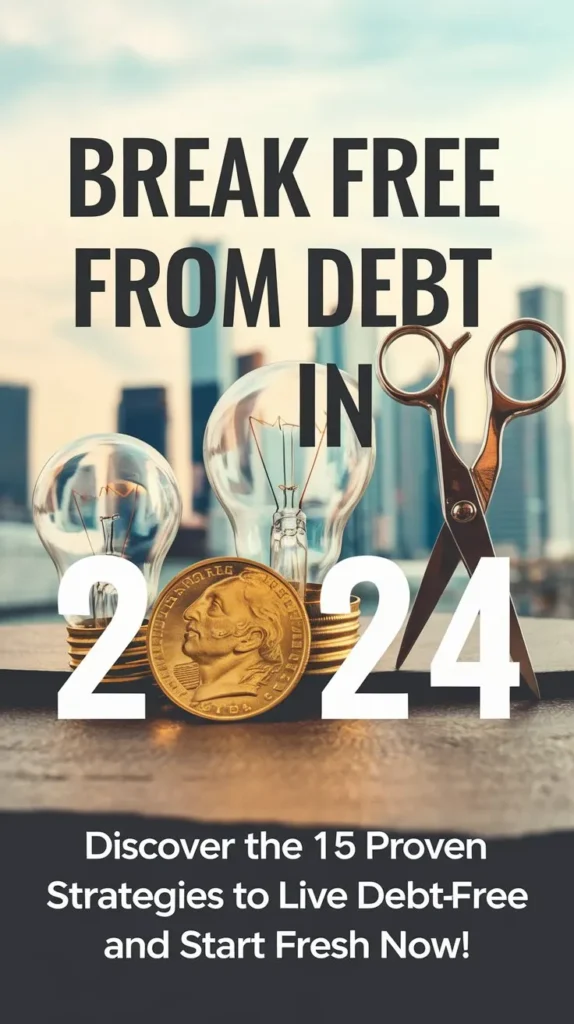
Last update on 2024-09-16 / Affiliate links / Images from Amazon Product Advertising API - Some of the links on this website are affiliate links, which means that at no additional cost to you, I earn a commission if you click through and make a purchase. I only recommend products and services that I believe will add value to my readers. Thank you for your support!
